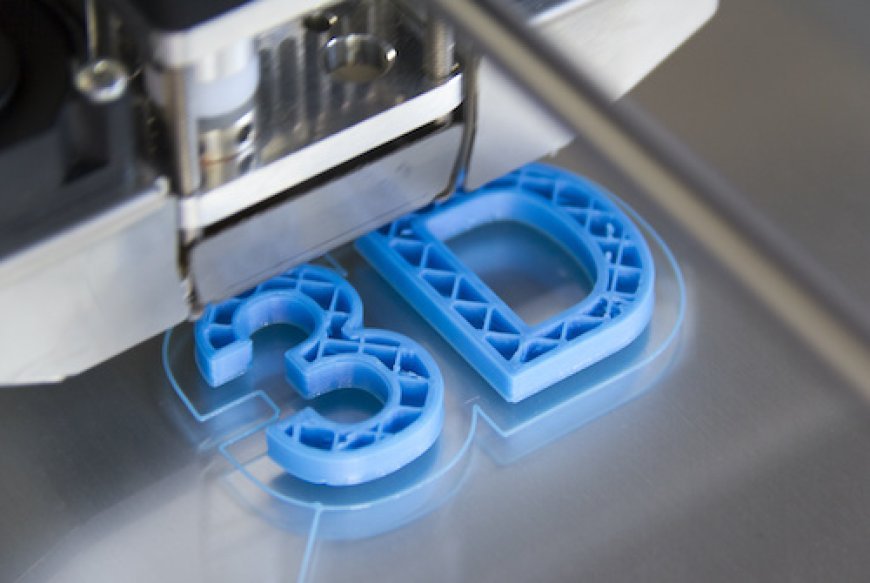Time to dust off the 3D printers
The era of COVID-19 brought about the largest boom in school makerspaces seen to date. Makerspaces have the ability to help students consider career pathways and interests they have never considered.


Key points:
- Interactive technologies can engage students in real-world problems
- Meet the maker: High school student develops robot guide dogs
- How to use PBL with makerspaces across your curriculum
- For more on makerspaces, visit eSN’s STEM & STEAM hub
The era of COVID-19 brought about the largest boom in school makerspaces seen to date. Makerspaces have the ability to help students consider career pathways and interests they have never considered. Along with makerspaces, 3D printers also saw a boost, but after a while, what were students using them for?
How are 3D printers being used?
How 3D printers are used from school to school varies. Some 3D printing is incorporated into math and science lessons, some geography and some art, but overall, 3D printers are being used as incentives to complete the “normal” lesson. (How many little trinkets can we make and give out as gifts?)
What if instead of using the technology for rewards, we used it to create a pipeline of talent for high-demand fields, especially in the medical field, where the shortage is abysmal.
How do we use our 3D printers for real change?
Have you ever considered how emerging technologies could go hand in hand with another? Virtual reality is a promising technology when it comes to creating real interest in high-demand career areas. When most people think of virtual reality, they think of cartoons–and often, some not-so-great graphics and gamifying content at best.
This is changing. One company doing this work is syGlass, and it is changing how students look at medical data. It’s in real time, and it’s definitely not a cartoon. Students have the ability to look at medical scans from patients being seen just that morning. We often talk about bringing learning to life and making it meaningful. This technology allows students to see how they can change someone’s life and to build the pipeline of students entering the medical field–one of the largest shortages among any industry.
Not every student can use headsets at the same time, but there is a way to use both VR and 3D printing to bring the data to life. Students can print 3D models MRI, CT, or other scans–the same scans health professionals look at. Students use the headsets to study and review at any time. This also allows students to feel the organs and bring to life the real time data.
In medical settings today, surgeons can use VR to plan complex surgeries by interacting with 3D models of a patient’s anatomy. These models can then be 3D printed to provide a tangible reference during the actual surgery. It only makes sense for students to learn in this model before they even choose a career path. It’s training that won’t need to take place upon entry into medical school, or even rotations. This is something that can be done without certification and licensure. Any hands-on experience will only serve students well as they graduate from high school.
VR and 3D printers can increase the healthcare professional talent pipeline
Rows of desks with a teacher up front are not going to build the desire to serve others, be empathetic, and think creatively. The time for change is now. We talk about technology in education all the time, but are we actually changing what it’s being used for or just updating paper and pencils with a screen?
Virtual reality has a serious place when it comes to career exploration, simulations, and even looking at scans, ultrasounds, and other medical documents. Outdated textbooks with photos from years past are not going to engage the students we need to ensure a robust healthcare workforce years down the road.
Placing students into the world of information to identify an issue on an ultrasound and save a baby’s life, find a spot of cancer that was overlooked by a doctor in time to give life saving treatment, or notice something off with blood cells to help with a chronic disease is what will ignite a spark in students. Let’s use the technology we have sitting around to truly inspire the next generation–their family members already have enough keychains.
What's Your Reaction?
























